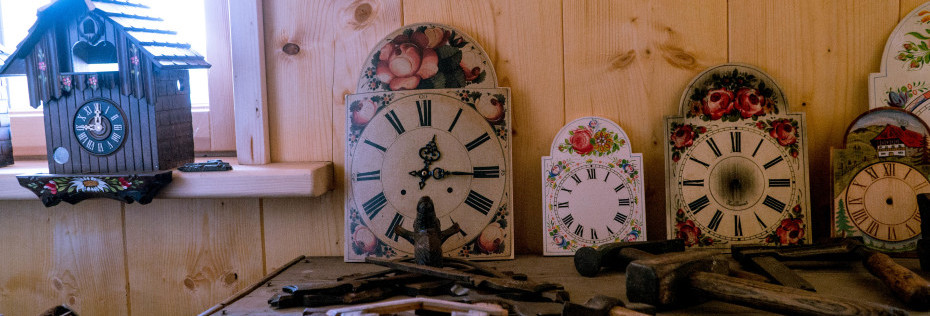
I was fortunate to have my introduction to Germany in Berlin. It’s a beautiful city, where I met people who were warm and welcoming, and where language wasn’t a huge challenge because, it seemed, everyone spoke English.
But one of the things I have learned from my travels through Europe is that the larger cities, though glorious in their own way, leave a lot to be desired when truly seeking a full cultural immersion experience. For this, one must travel deeper inland away from the huge crowds, the comforts of what is familiar, and beyond what is expected.
Traveling as a person of color into the countryside of any country, including my own, is nerving because I know I am distancing myself from diversity, the security that it offers, and certain things that we take for granted in larger cities where people from all over the world intermingle on a regular basis.
But I love going on these adventures because I feel that more often than not, I walk away learning something new about another, as well as about myself, and often times without much effort, I find that there are things that make us a lot more alike than we would initially think. I love the challenge of pushing myself past my comfort zone and giving people a chance, despite my own preconceived notions.
That’s what traveling into the Black Forest of Southern Germany was like for me. I was out of my comfort zone in terms of language and what felt familiar, but found comfort in the ways others shared their passions, their stories, and most of all their culture and traditions.
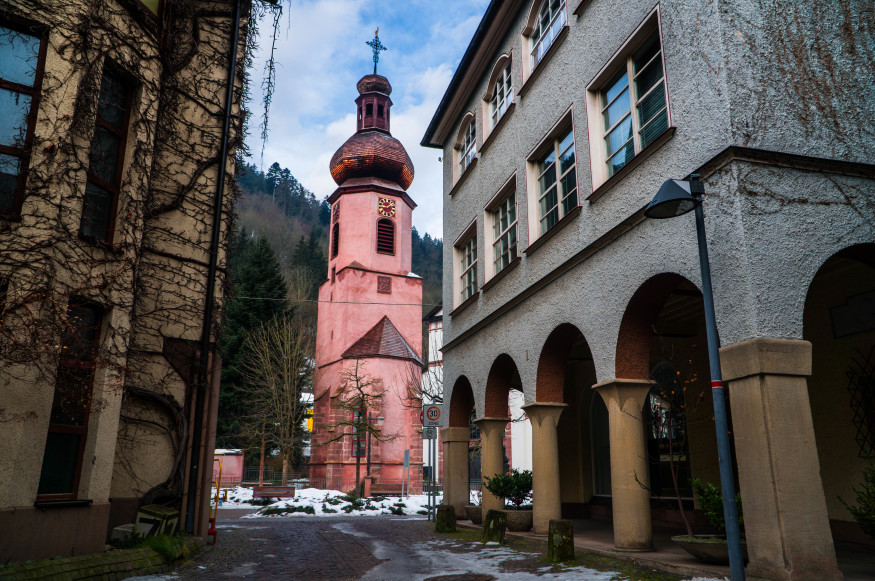
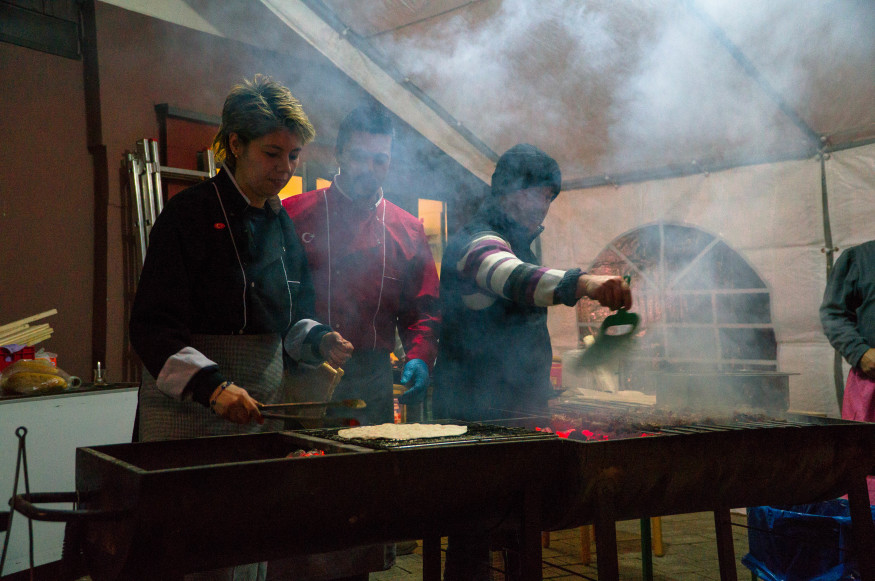
I arrived to the Black Forest in the height of carnival season and every town, big and small, were in celebration mode. (You can read about my carnival in Germany experience by clicking the highlighted link.)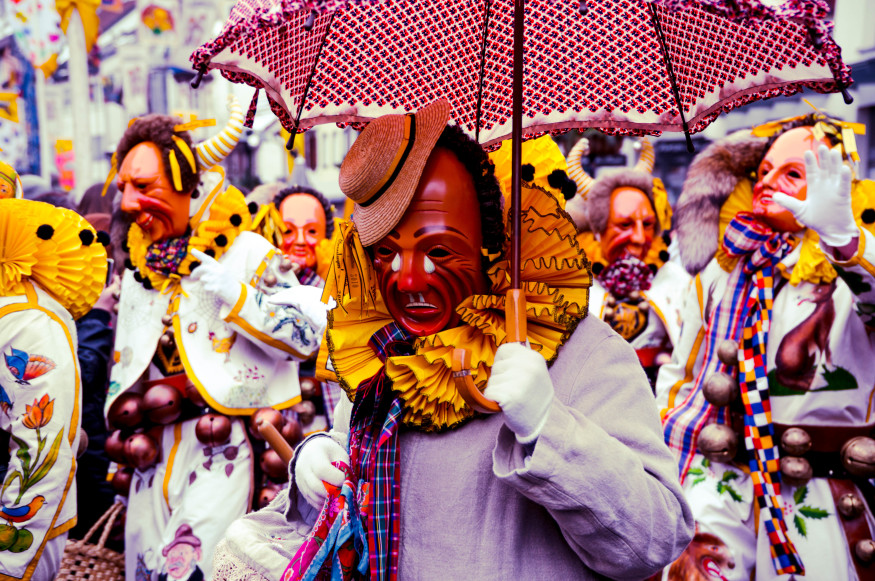
The Black Forest is in the Southwest part of Germany. It is mountainous and lush, celebrated among active travelers who enjoy the outdoors and nature. It borders with France, though during this trip I didn’t come across anyone who spoke French.
The area is also known as the leading producer of cuckoo clocks, a tradition since the 1700s. And it was here that I started my adventure, in Schonach, where I met Ingolf Hass who represents the 4th generation of cuckoo clock makers in the Rombach and Haas family. I enjoyed as he walked me through his shopped passionately talking about his family’s story, the various clocks they make, and the history of the same. I met his wife, Connie Haas, the artist who hand paints the beautiful details on the clocks. I didn’t expect to be as fascinated with the clocks as I was upon looking at them. The attention to detail, the handwork, the art. And that it’s a craft that has been around for so long, such a cultural stamp in the area, was really impressive to me.

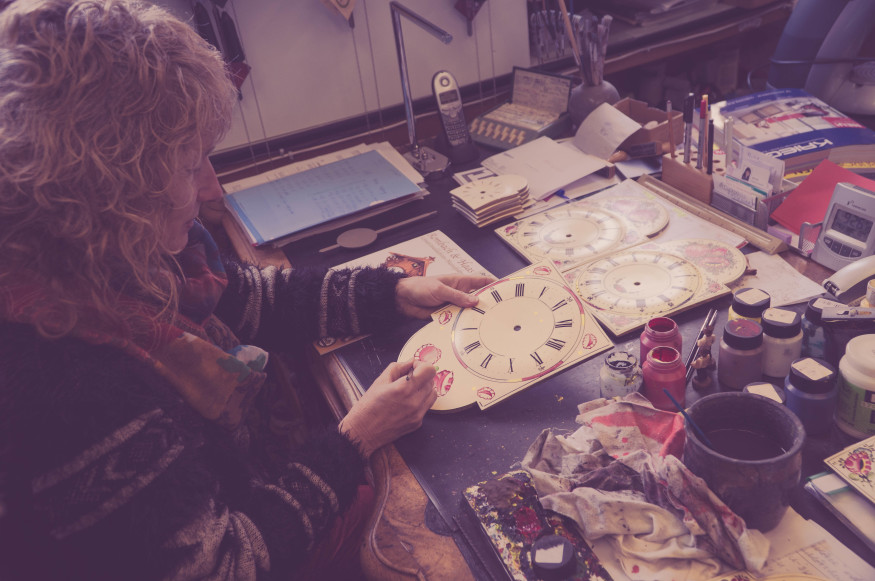
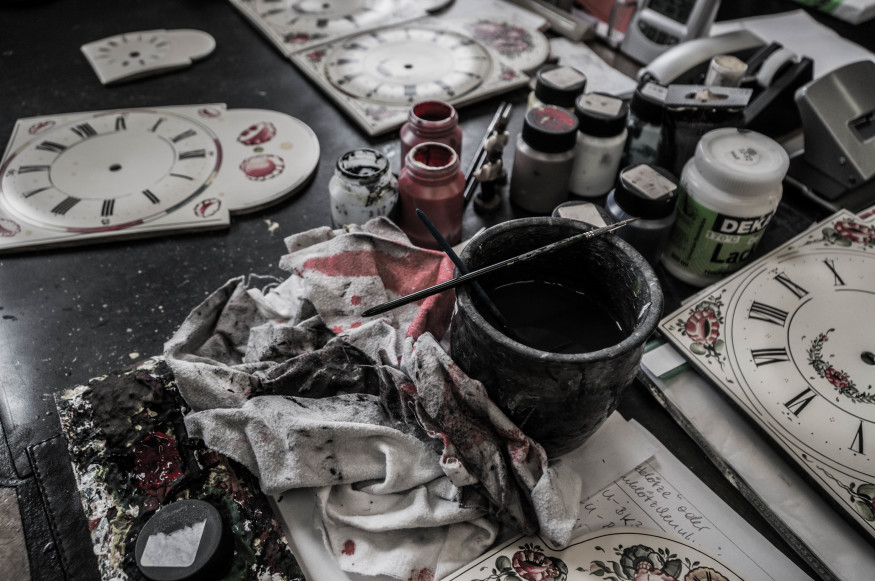


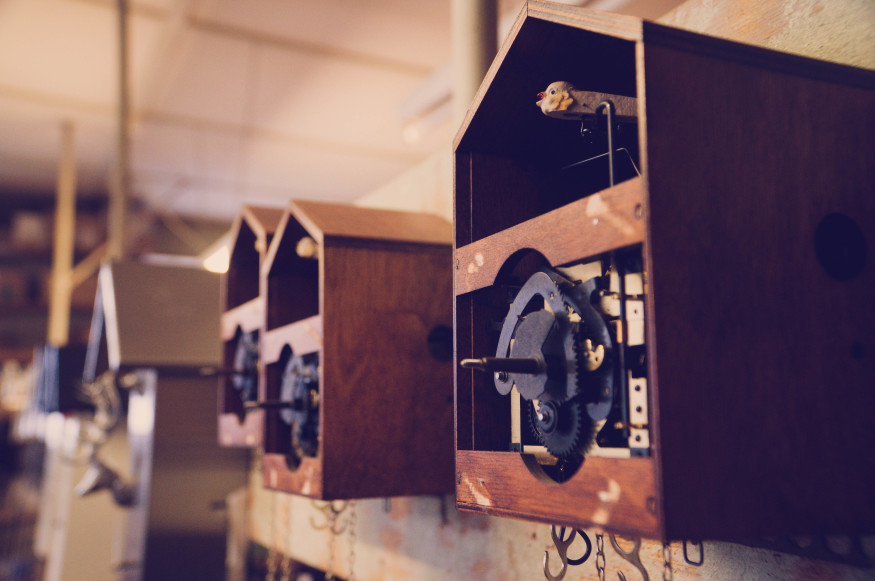

I ventured into a working farm further into the forest, the Reinertonishof, where the farmer’s wife was on hand to give tours (in German), greet guests, and serve up a hefty plate of meats, pickles, and mustard, a German standard.
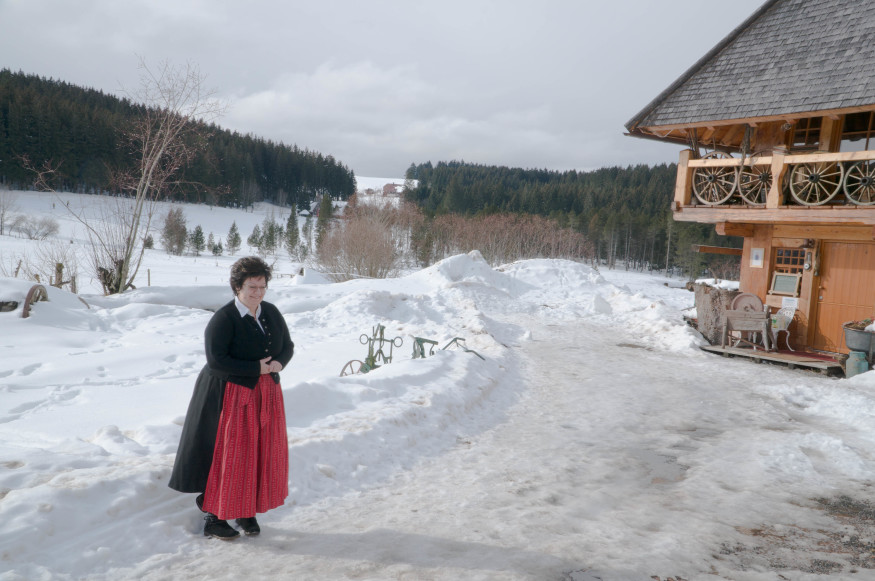
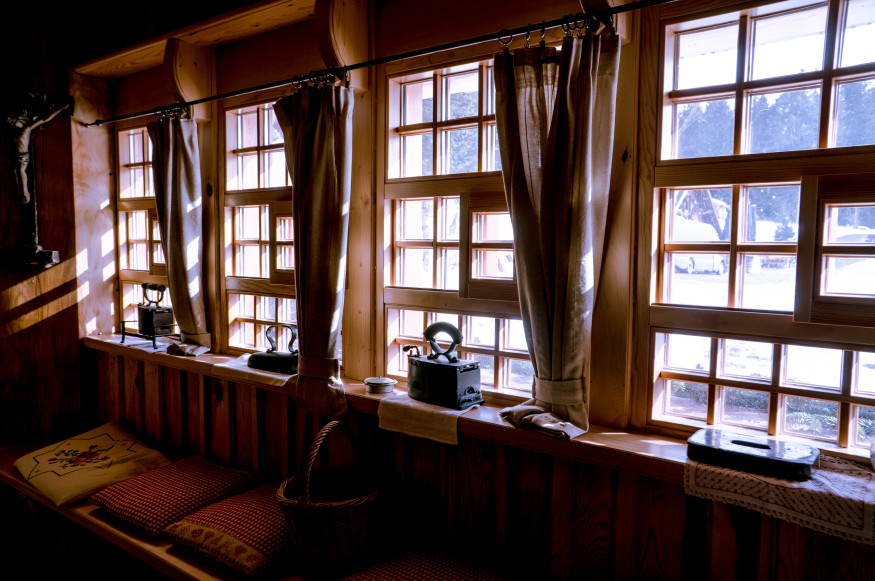
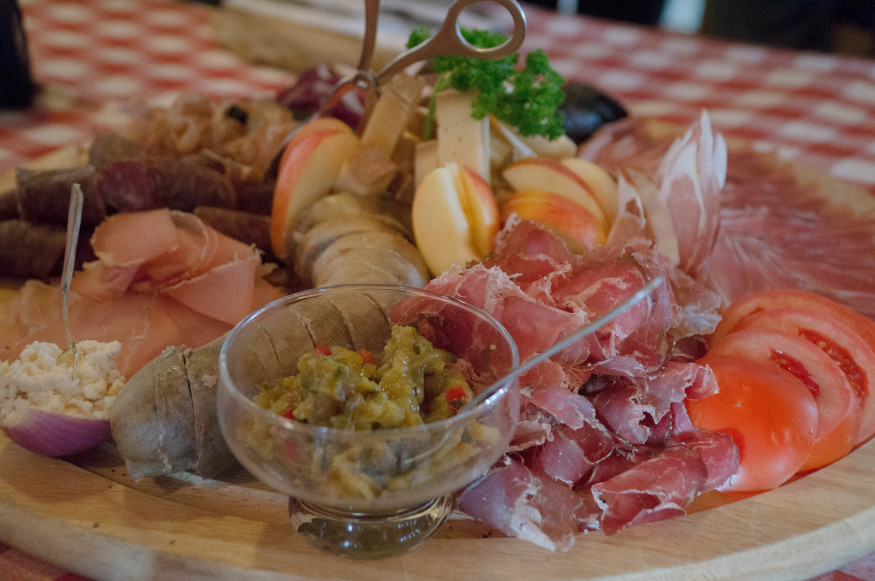 The family-owned farmhouse was built in 1616. After a fire destroyed it in 2006, the farmhouse was rebuilt using the original plans, bringing back to life the many historic elements and details.
The family-owned farmhouse was built in 1616. After a fire destroyed it in 2006, the farmhouse was rebuilt using the original plans, bringing back to life the many historic elements and details.
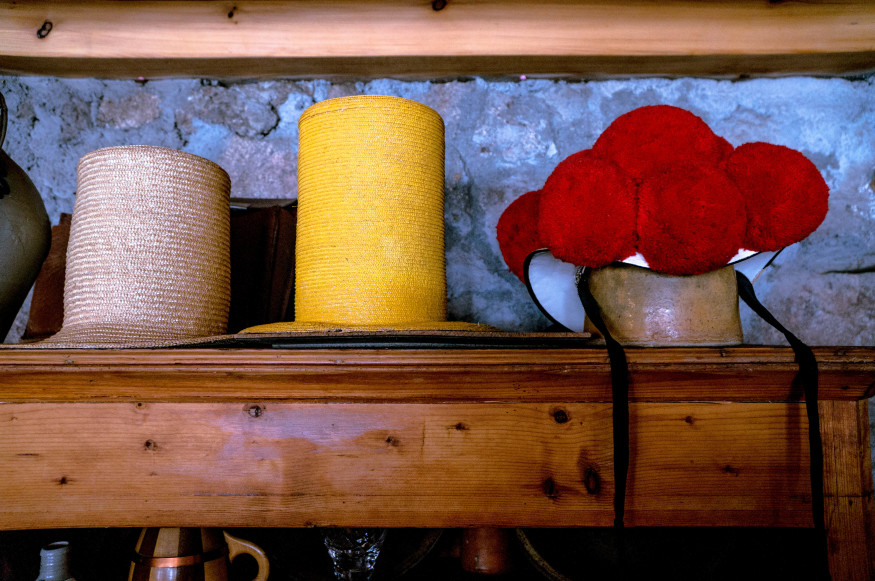 There are a lot of cultural and historic elements throughout the house, such as these hats which says something about the woman wearing them, such as if they are single or married.
There are a lot of cultural and historic elements throughout the house, such as these hats which says something about the woman wearing them, such as if they are single or married.
In Junghans, Schramberg, I visited a museum that took me through 150 years starting from the time Junghans operated as largest watches and clocks factory in the world. Also known as the ErfinderZeiten, the museum went from being a famous watchmaker to a major participant in the car making industry to survive the change of time and the shift in economic demand and progress for the area.
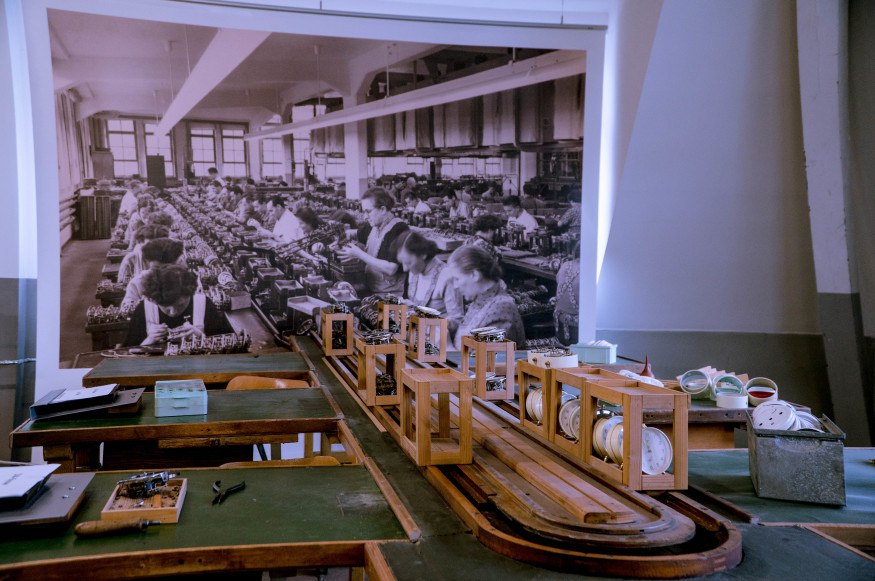
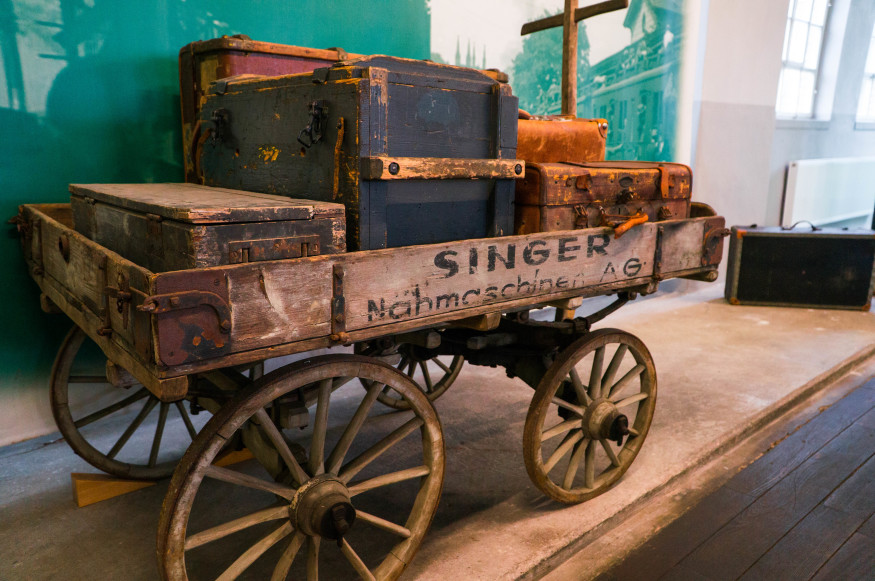
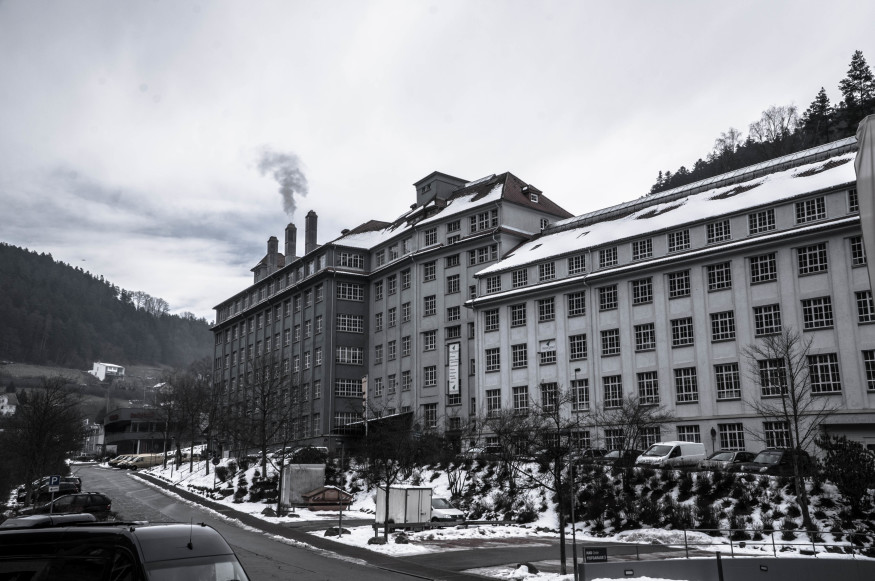
If you love glass making then you must visit the Dorotheenhütte in Wolfach, the only glassworks in the Black Forest where mouth-blown glass is produced. You can take a tour of the behind-the-scenes, watch the artists practicing their craft, and can even join in and create your own. There is also a year-round Christmas village and shop.
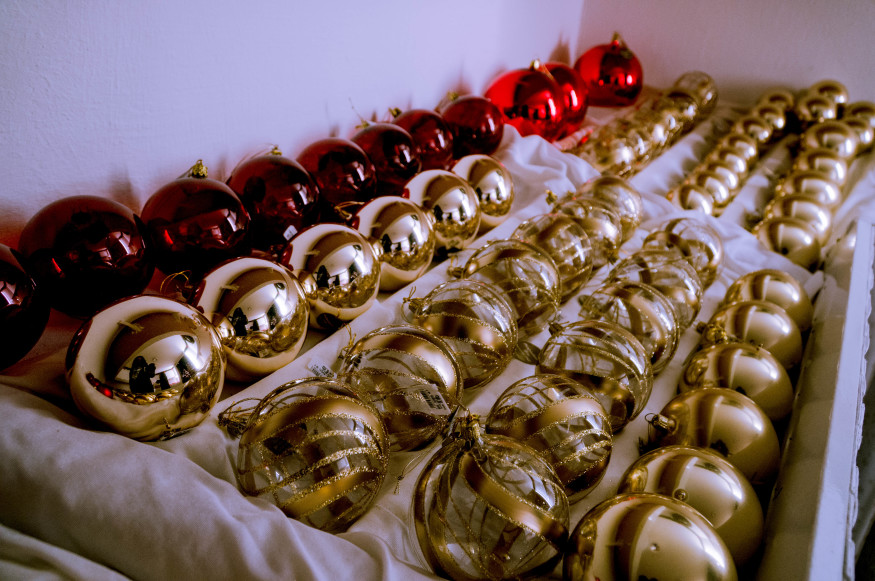

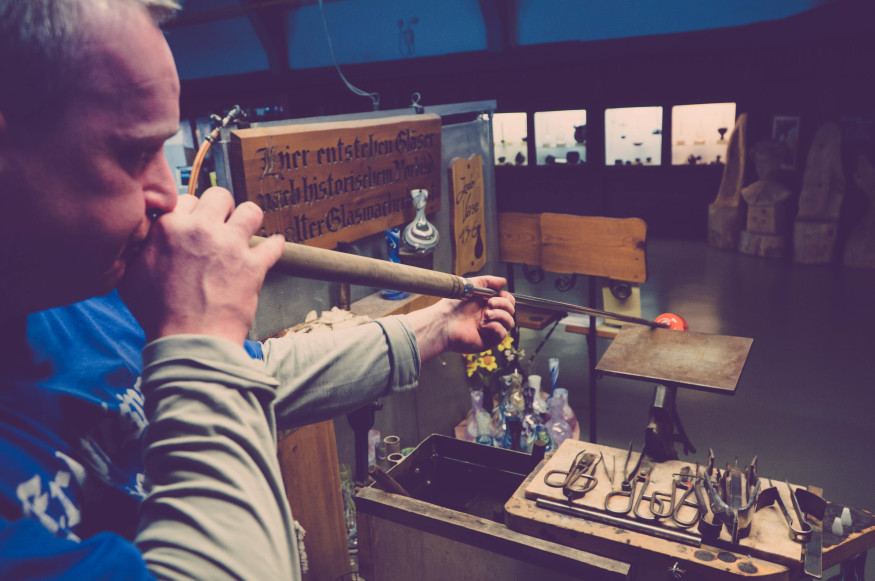
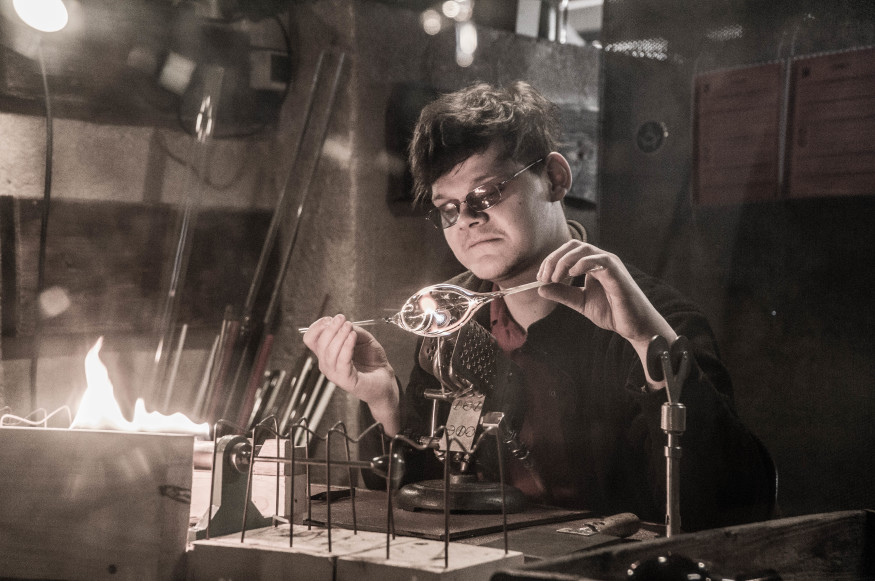
I ventured into the forest with a tour guide, which was great because I had a very difficult time finding anyone who spoke English and because it was nice having someone to explain a lot of the cultural nuances around me. I consider this trip to be one of the most culturally enriching trips I have been on and felt I walked away with a new view of German culture, which is far more diverse than I ever thought it to be.
So, while I encourage you to explore the larger cities and all their beauty, I also think a unique treat awaits you off the beaten path.
Photography is property of the publisher and may not be used without consent of GirlGoneTravel.com.


Rachel Gault (@rachelgault)
What a neat experience! I love the off-the-beaten path things like this!
caincarol
Rachel Gault (@rachelgault)The language was a challenge, but so worth it just for the experience!
SC
Germany and Italy are two countries on my list but as an African-American, I’m cautious. It’s good to read positive experiences from other POC/minorities. Thank you!
caincarol
SCI understand! I won\’t say that there is no threat of experiencing racism in either of these countries, just as I wouldn\’t be able to say as much when traveling here in the US. What I can say however is that I had a positive experience and even though I was told I might not, I took the chance of visiting and don\’t regret a thing. My family and I will be taking a road trip through Italy this spring. I hope you check us out and that our experience may inspire your journey too. Thanks for reading!